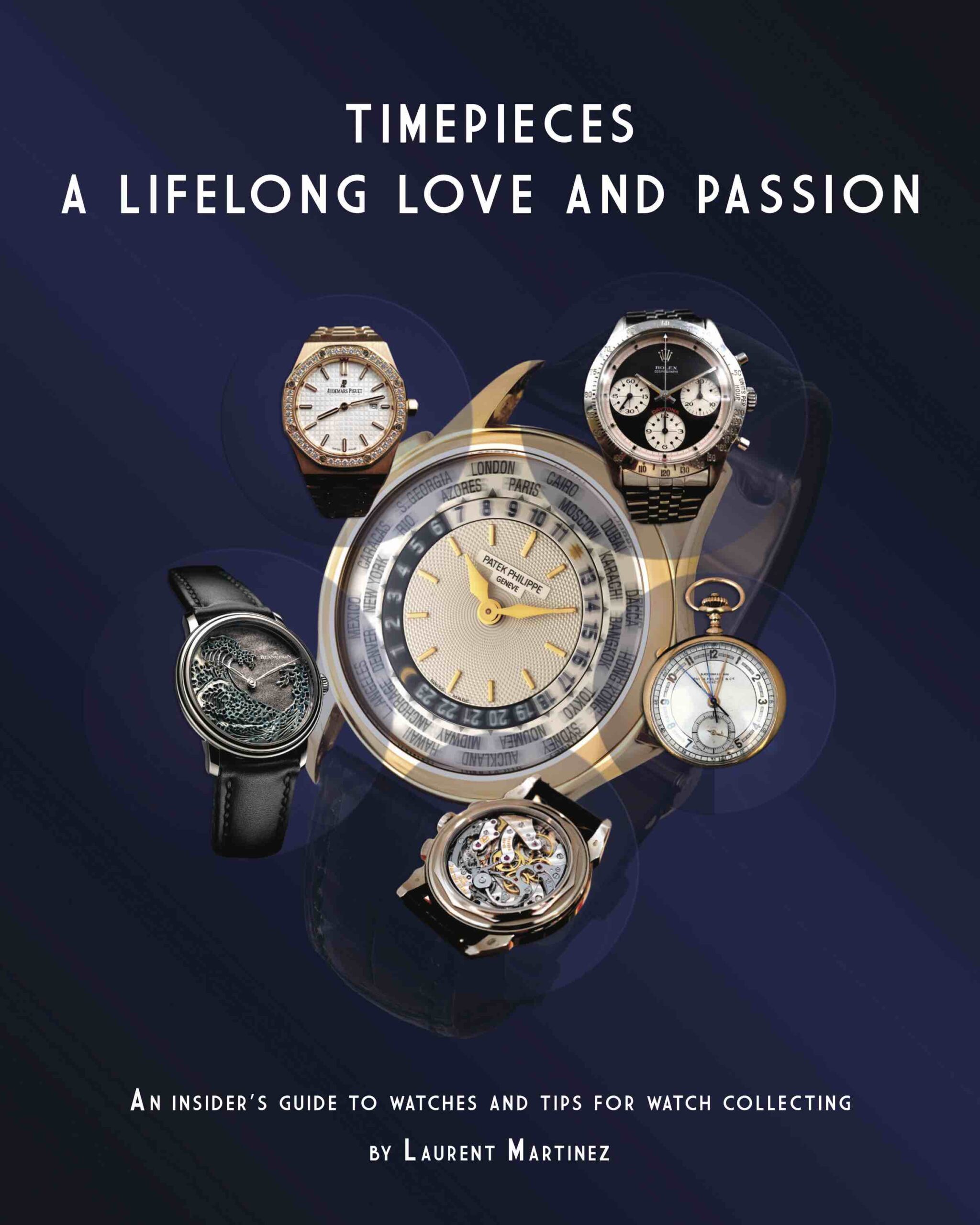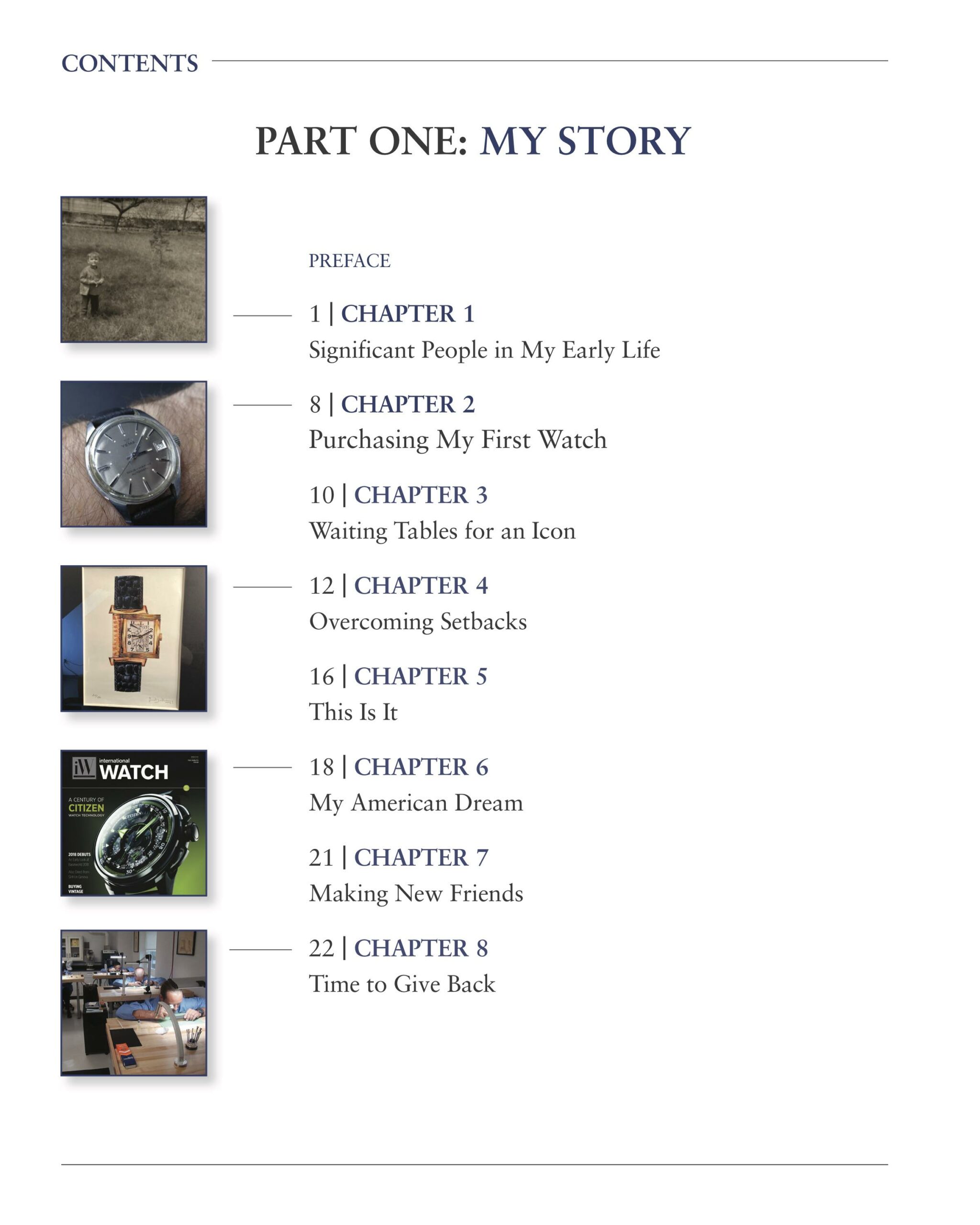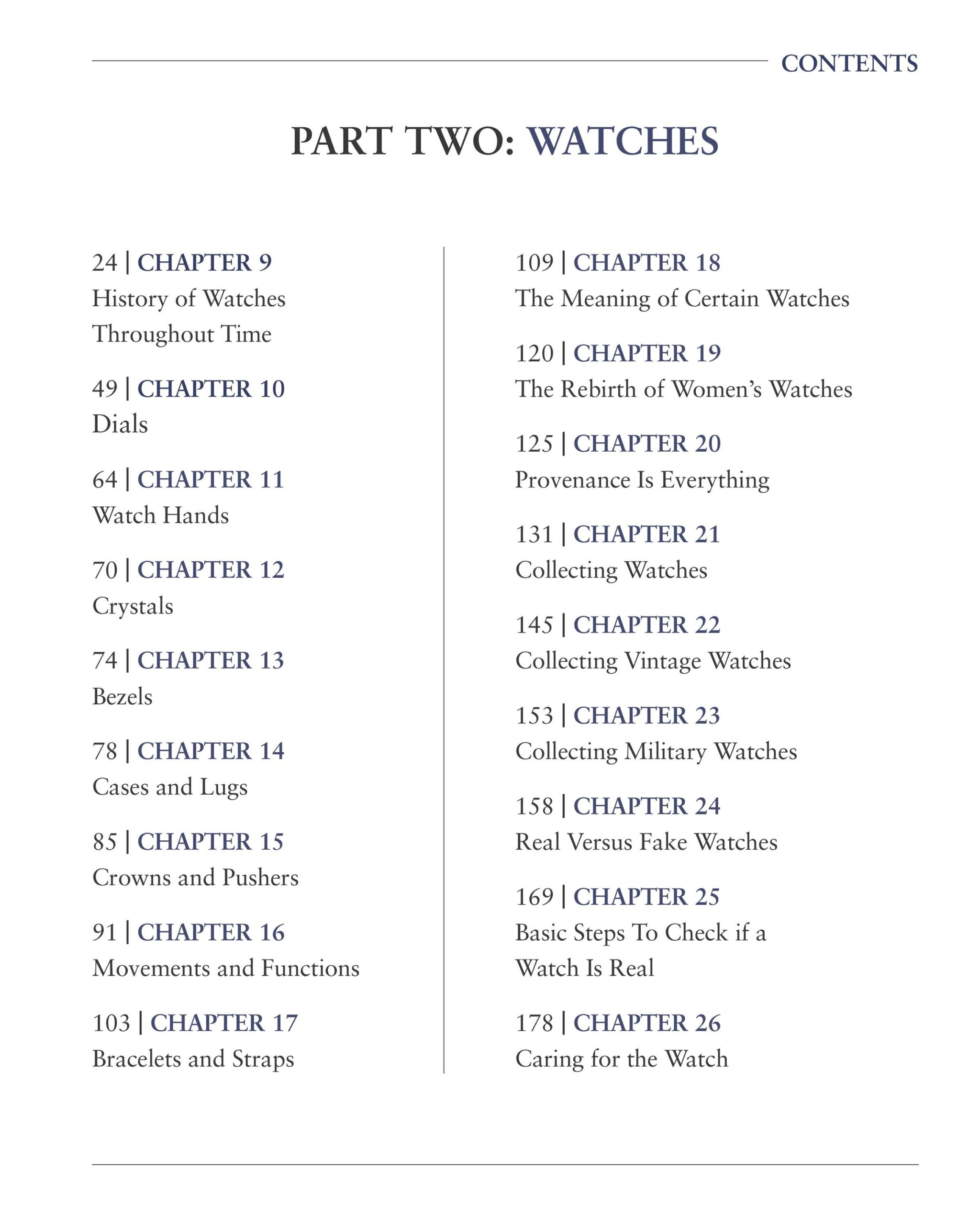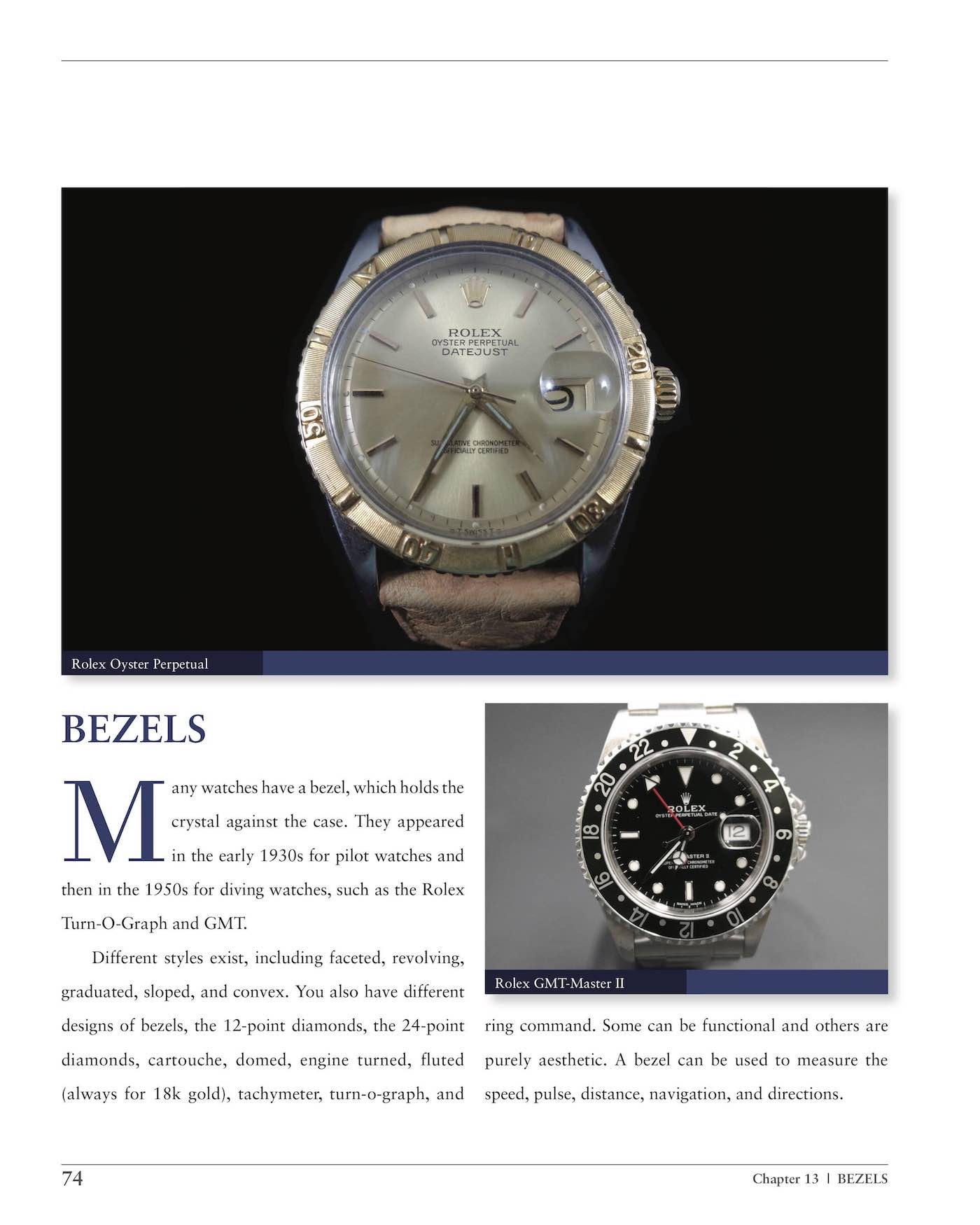By Laurent Martinez
We all know that the exciting world of watch collecting has witnessed tremendous growth in recent years, with plenty of hype watches and big watchmaking brands fueling more interest. However, I’ve also noticed more collectors (especially newer ones) buying watch-branded accessories and memorabilia. Items with Rolex, Patek Philippe, and Audemars Piguet logos are especially popular, and ones with Vacheron Constantin are rapidly rising in demand too.
A generation or two ago, it wasn’t that common for watch buyers to keep the accompanying boxes and papers. Yet, these days, some people like to collect tags, boxes, catalogs, brochures, displays, posters, sketches, ashtrays, vintage books, and any other merchandise associated with watches and watch brands.

One of my clients recently told me that when he buys a vintage watch, he is passionate about recreating the complete set — as it would have been originally sold at the store.
I once met a person whose father was the maintenance director of a famous watch brand in the 1950s. As a result of his dad’s job, this person had a large inventory of boxes, tools, calendars, commercial displays, and catalogs. The design and aesthetics of this era were fantastic and I felt like a kid in a candy store rummaging through all these horology ephemera.
I couldn’t help but imagine this gentleman, dressed in a sharp suit and working in New York City, working at his desk buying parts, fixing watches on his bench, leaving his cigarette in the ashtray, glancing at his calendar.
Conditions and provenance
As with any collector’s items, you must be careful when buying vintage watch merchandise, packaging, and accessories—even though you hardly ever come across fake items.
What you do have to watch out for is the condition of the items, which is the first parameter that will affect the value. Like other kinds of ephemera and accessories, they were not necessarily made to last over long periods or to be preserved throughout the years. Other considerations to keep in mind are the rarity, style, colors, and if any, the provenance of the items at hand.
I recently purchased a vintage rubber dust blower (below) with provenance to remove the dust on watches. It was old, used, and dirty but I was so excited.

I had in my hands a tool that has been around for over seventy years, passed on through several generations of watchmakers. Using it gives me great joy; there’s something to be said about using something today that has been used over 100,000 times to do the same job – removing dust from watches.
Where to look
To find these treasures, you can scour tag sales, local flea markets, and of course, eBay. More and more famous auction houses are offering watch memorabilia too, typically towards the end of an auction.
For example, these two Rolex retailer’s window displays (below) sold for over $3,000 each.

If you can’t afford expensive watch brands, collecting memorabilia instead is a great way to be part of the community. It’s a wonderful opportunity to learn, meet like-minded people, and own a little piece of horological history. For me, these types of collectors are purists because they buy for the love of the item, and not for the potential to flip it and make money.
I get immense pleasure from looking at vintage watch merchandise and accessories. Not only are they beautiful but they also give me pause and make me reflect on what it must have been like to design, make, fix, sell, and buy watches a long time ago.
Laurent Martinez is the proprietor of Laurent Fine Watches, Greenwich, Connecticut. Read more by him at blog.laurentfinewatches.com or visit his website at www.laurentfinewatches.com.













